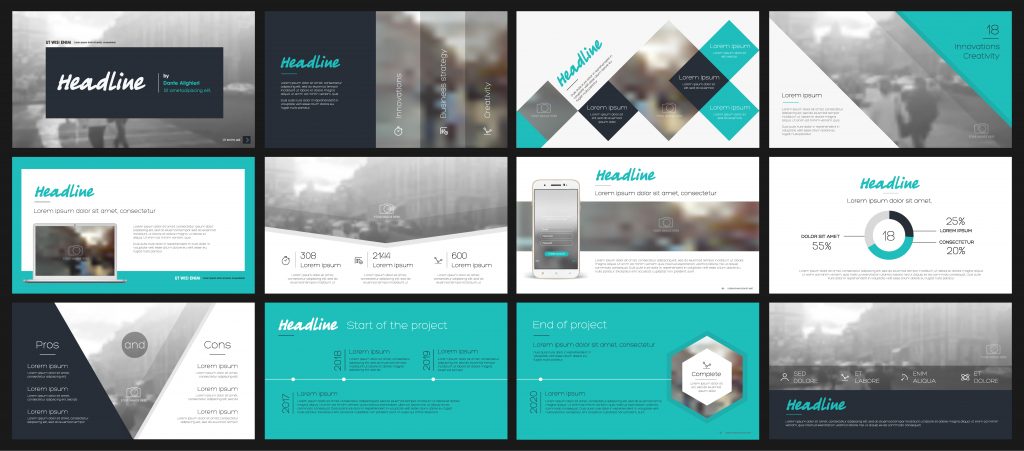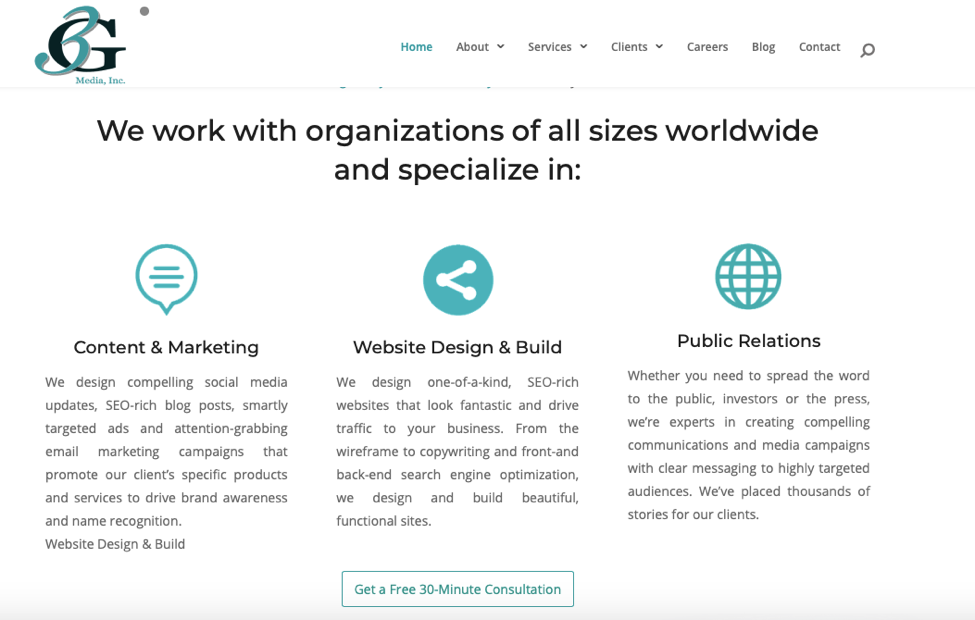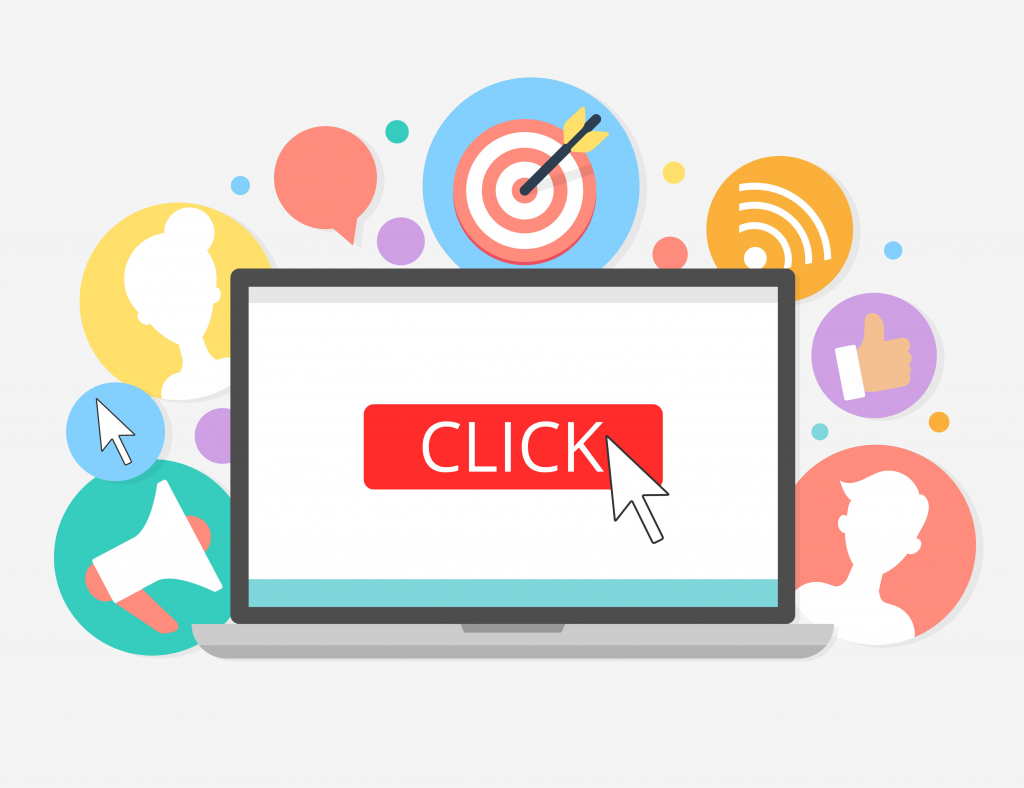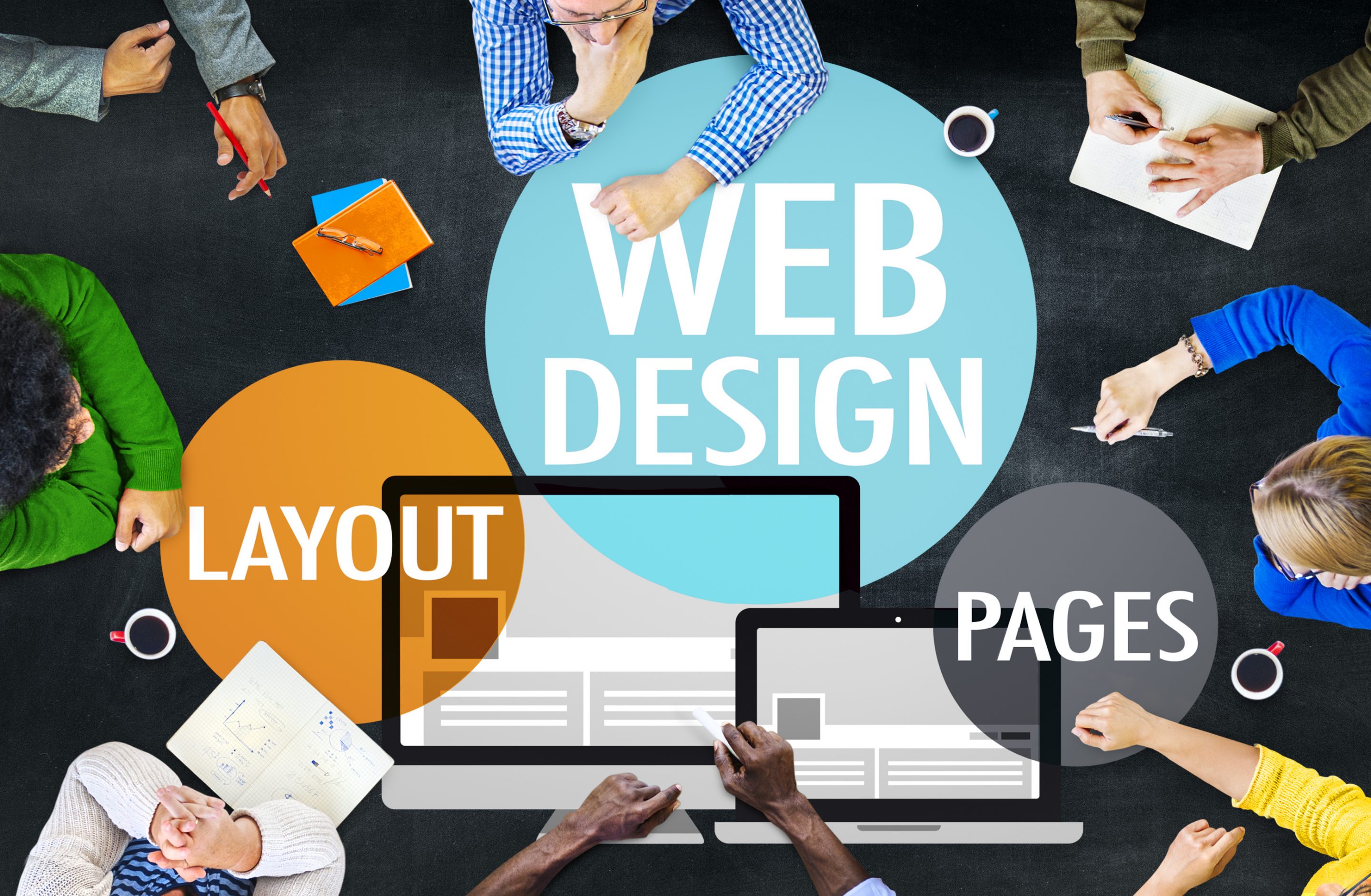An interactive, easy-to-use website is critical for business success. A well-designed website can draw in increased user traffic, while a poorly made site can turn users away in a second. If you’re trying to grow your business, you want your website to entice users and increase brand awareness. So, what differentiates an effective website from an ineffective one? Let’s take a look at how to design a website that’s effective for your business.
First, let’s look at five crucial components applicable to any website.
Five Crucial Website Components
1. Purpose – Before you actually start building your website, map out your goals and purpose. Are you trying lead users to purchase a product on your site, or inform users of your business services? Make sure the purpose of your website is clear. Create a content map that outlines how your website will be set up, and incorporates your goals and purpose. You can create a content map using Microsoft PowerPoint or Word, or with pen and paper. Use whatever tool is most comfortable to draft out a clear map and design a website for your business.

2. Design Appearance – Obviously, designing a website that’s visually pleasing will attract more users. Your web design should be appealing, clear and inviting. Be conscientious of your use of color; you want to grab users’ attention, but be careful to not make your website too loud. Use bold colors to emphasize subjects on your site, and subtle colors to differentiate less important parts. The use of white space is another key function of web design. Using white space can funnel focus onto each block component of your site and make it appear clean. Think about designing a website like a living room space. An empty room with nothing but a sofa is boring and unattractive, but a room with too much furniture or clutter (with no clear theme) is crowded, annoying and dysfunctional. A clean room with just the right balance of furniture and décor is comfortable and practical. Your website is the same. When designing a website, play around with themes and color schemes to find a balance that brings beauty and practicality to your site.

3. SEO – Search Engine Optimization (SEO) is critical to web design, as SEO is what will determine how many site visitors you get. You want users to be able to find your website by simply typing out one or two keywords in Google. By creating relevant content, using strong keywords, writing meta-descriptions and geotagging images, you can significantly increase your website’s ranking in Google and other search engines’ algorithms. This makes your website easier for visitors to come across, which ultimately brings in more website traffic that generates business.
4. Usability– When designing a website, remember that your site needs to be easy to use. Users need to be able to find what they are looking for quickly, without needing to look hard, or else they will leave your site in an instant. You only have about two seconds to grab your users’ attention with your web design, which means your pages need to have clearly identifiable content. Include headlines that tell your users what the page’s purpose is, and buttons to navigate them through your site with ease. Your homepage will be the most important for usability. Clearly direct your users to what you want them to do on your homepage. For example, if you’re a corporate software company trying to get more businesses to buy your software, have a button on your homepage that says: “Try for Free!” This button should immediately redirect your users to the page where they can test out the software. Your homepage and website design should be simple without requiring users to go looking for things, it’s your job to navigate them through your site to what they want.
5. Maintaining Your Website – Outdated content can be considerably harmful to your business. No matter how you design a website, at some point the content will no longer be accurate and you’ll need to get on top of updating it. Use a platform that will be easy to access for a non-coding web developer so that you can easily make changes when necessary. Websites built in WordPress allow changes to be made via block editors, so those without coding expertise can edit content. This is a beneficial option to consider when building your website. With a website that allows you to make changes trouble-free, you have the option to run promotions or post short-term content to help drive business without spending unnecessary time and money.
A Successful Business Website
Now that we understand key web design components, let’s talk about what your businesses’ website specifically needs to generate success.

Clear explanation of your business – Users are looking for a business they can trust. Be clear and transparent about what your business does. Use concise wording to describe your services and mission, and be careful to not leave room for uncertainty. It’s a good idea to have your contact information readily available so users can contact you for any questions they may have.

Calls to Action – After clearly explaining your business or services, use your web design to tell your users what you want them to do in a call to action. If your goal is to generate sales, have buttons like “Order Now!” or “10% off!” linking to products.
If your goal is to get more subscribers, have a subscription form with the headline “Subscribe Here.” People need clear directions to guide them through your site, so design a website with calls to action that are strong and defined.
Website Marketing – Market your website on your social media platforms to gain more popularity. Encourage your social media followers to share your website, creating word-of-mouth marketing. Links to your social media pages should also be featured prominently in your web design. Remember, people trust other people. Having users share your site or getting your website endorsed by well-known individuals in your industry will show users that your website is reliable.
Minimal Use of Stock Photos – Stock photos can be useful to provide imagery and improve the aesthetic of your site. However, custom professional photography is always the best option. Custom photos allow you to feature your products and services instead of generic substitutes, and can increase trust with your audience by displaying an accurate depiction of your business.
Payment System – Depending on if your business is selling products online, you may need an automated payment system that users can trust. PayPal and Square are a couple of popular options that most users know and rely on. You’ll also need an e-commerce shopping cart platform to organize users’ product picks before purchasing. Research which platform is best for your business when designing a website.
Whether you’re trying to build a website yourself or you’re hiring a professional web designer, hopefully you now understand what your website needs to be successful, and you have the knowledge and confidence to build a site like an expert.
Our Custom Web Design Services
If you’re looking to hire a web designer, contact us for a free consultation on our custom web design services. Our team has the experience and understanding to give your business the site it needs to be successful.
Special Offer:
Sign up for a complimentary consultation during December and receive an Annual Marketing Planning Guide valued at $475! We offer a 30-minute phone consultation with our CEO, and can answer your questions and discuss your specific marketing needs - no strings attached. Call 408-218-2391 or contact us today to arrange your consultation!

